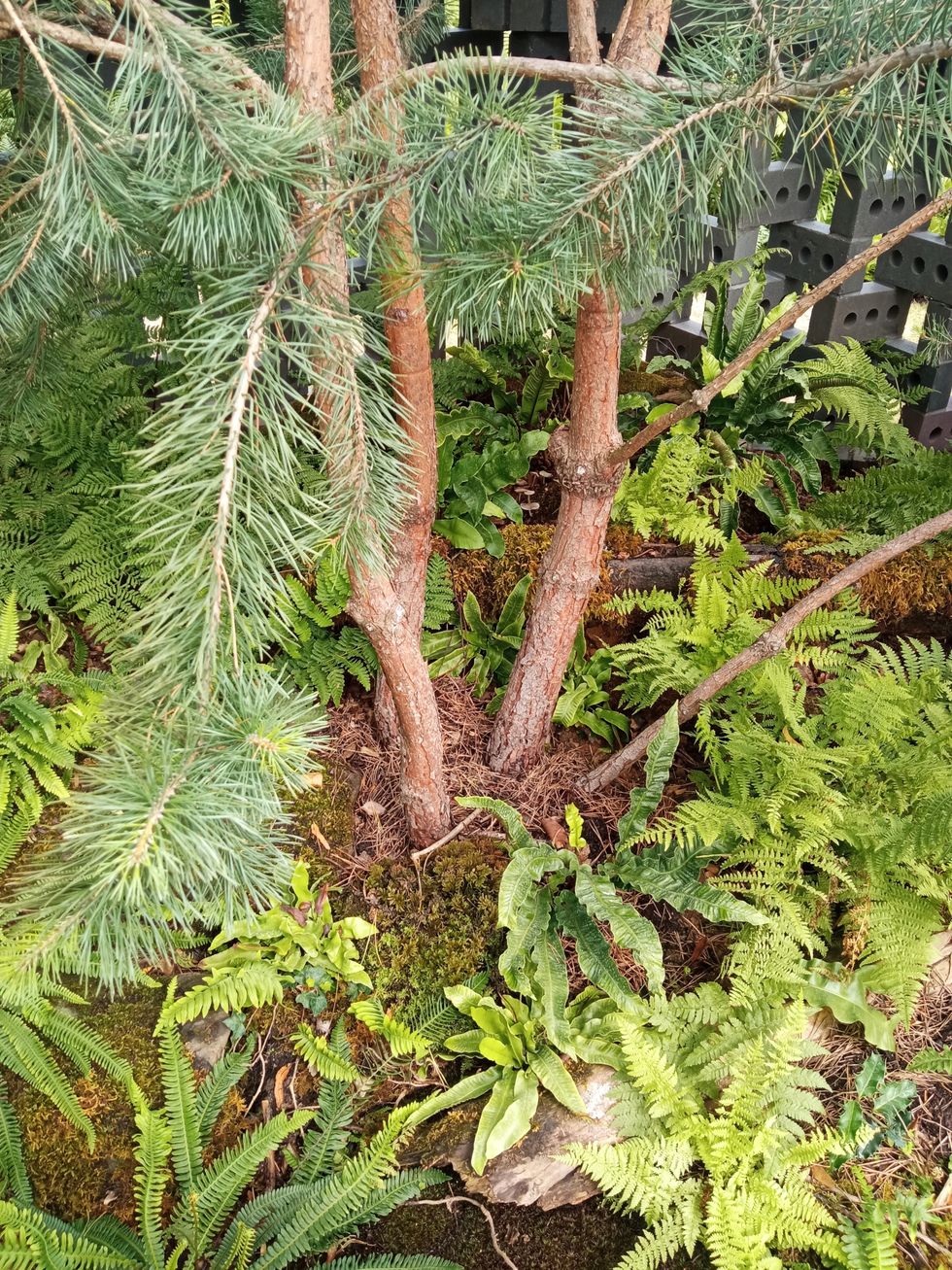UNESCO has decided to add Gujarat’s traditional Garba dance to its 'Representative List of the Intangible Cultural Heritage of Humanity,' Bhupendra Patel, the state’s chief minister announced on Wednesday (6).
India had nominated Garba, performed across Gujarat and in many other parts of the country during the Navratri festival, for inclusion in the list.
“The age-old tradition of devotion to Goddess Mother in the form of Garba is alive and growing. Garba which has become the identity of Gujarat has been approved by UNESCO under its intangible cultural heritage list,” Patel said in a post on Twitter.
“This is a moment of pride for Gujaratis spread all over the world. This is a result of importance being given to the heritage of the country under prime minister Narendra Modi's leadership and such heritage being taken to the world. Congratulations to the people of Gujarat,” Patel further said.
The inclusion was made under the 2003 Convention for the Safeguarding of Intangible Cultural Heritage during the 18th meeting of the Intergovernmental Committee for the Safeguarding of the Intangible Cultural Heritage which began in Kasane, Botswana, on Tuesday.
“Garba of Gujarat is the 15th ICH element from India to join this list. This inscription underscores Garba's pivotal role as a unifying force that fosters social and gender inclusivity. Garba as a dance form is entrenched deeply in ritualistic and devotional roots, involving people from all walks of life and it continues to thrive as a vibrant living tradition bringing communities together,” an official release said.
Garba is a "ritualistic and devotional dance" that is performed on the occasion of the festival of Navratri which is dedicated to the worship of the feminine energy or 'Shakti', the UNESCO website said.
The dance takes place around a perforated earthenware pot lit with an oil lamp, or an image of the mother goddess Amba. The dancers move around the centre in a counter-clockwise circle, using simple movements while singing and clapping their hands in unison, it further said.
Starting with slow circular movements, the tempo slowly builds up to a frenzied whirling. The practitioners and bearers of Garba are broad and inclusive, from the dancers to the musicians, social groups, craftspeople, and religious figures involved in the festivities and preparations, it said.
Garba fosters social equality by diluting socio-economic, gender and religious structures. It continues to be inclusive of diverse and marginalised communities, thus strengthening social bonds, it said.
Traditions or cultural phenomena from India such as Ramlila, Vedic Chants, Kumbh Mela and Durga Puja have already been recognised by the UNESCO list.
(PTI)












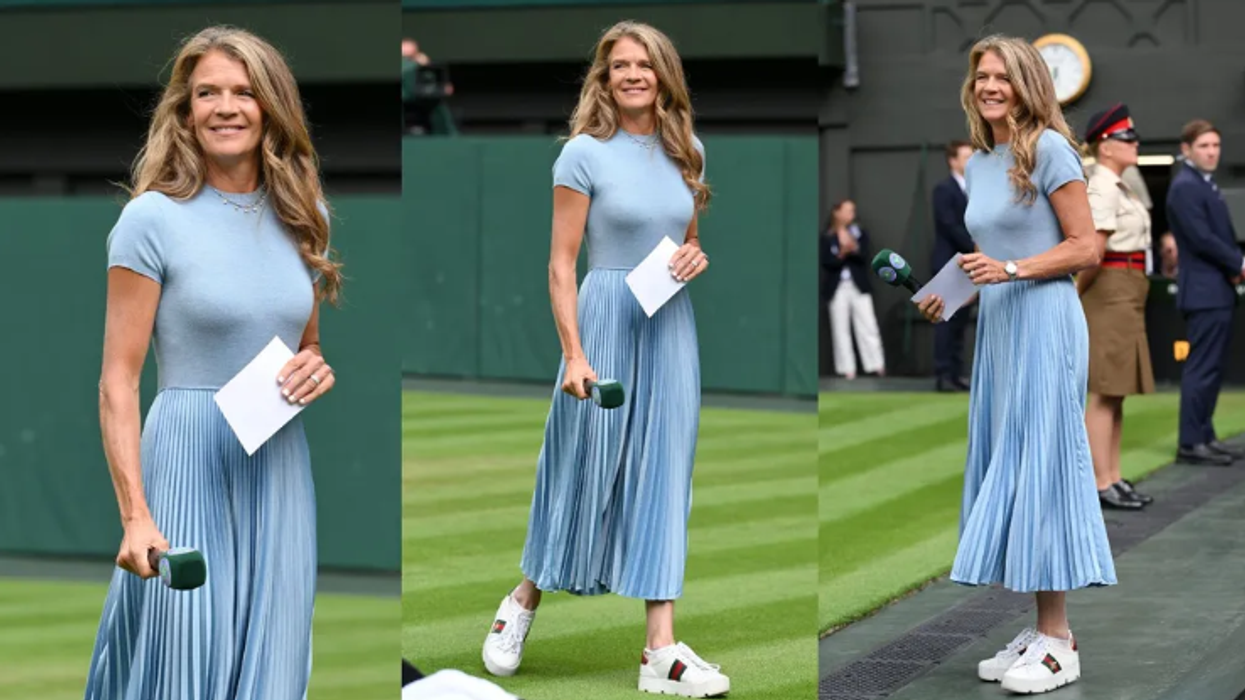





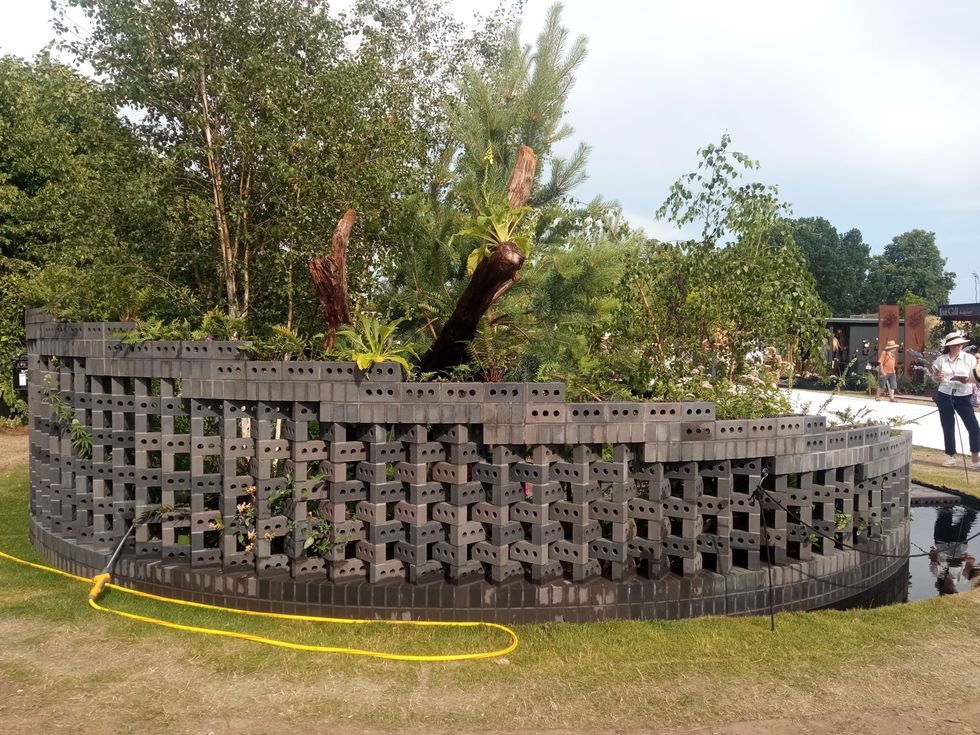 The circular structure inspired by jali screens in India
The circular structure inspired by jali screens in India Jewlsy and Mike
Jewlsy and Mike Jose Mathews Payyanat
Jose Mathews Payyanat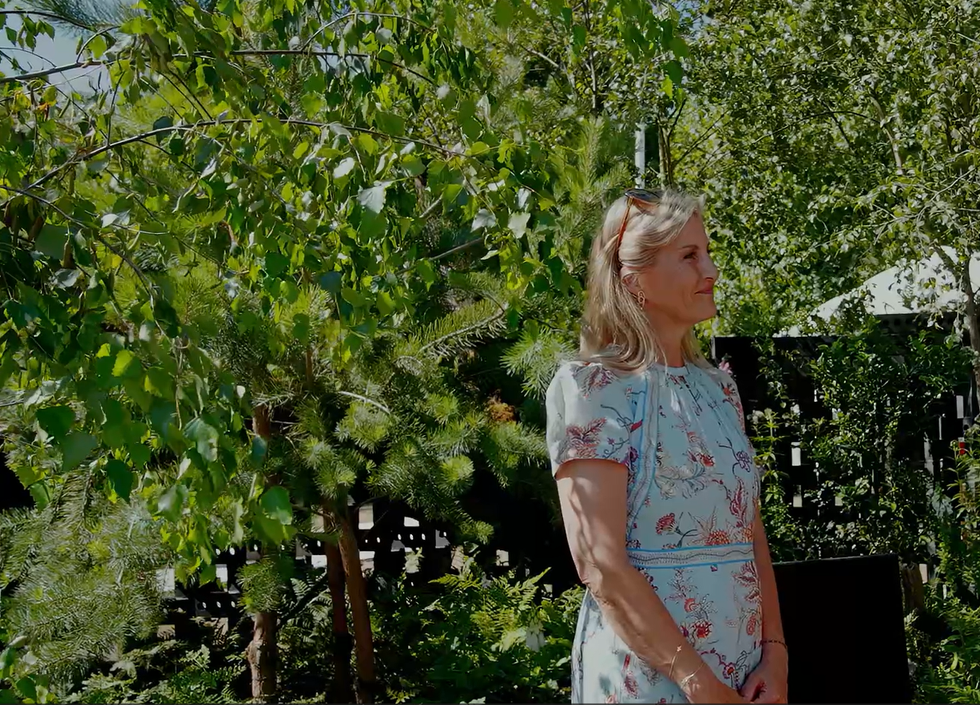 Sophie, Duchess of Edinburgh, at the garden
Sophie, Duchess of Edinburgh, at the garden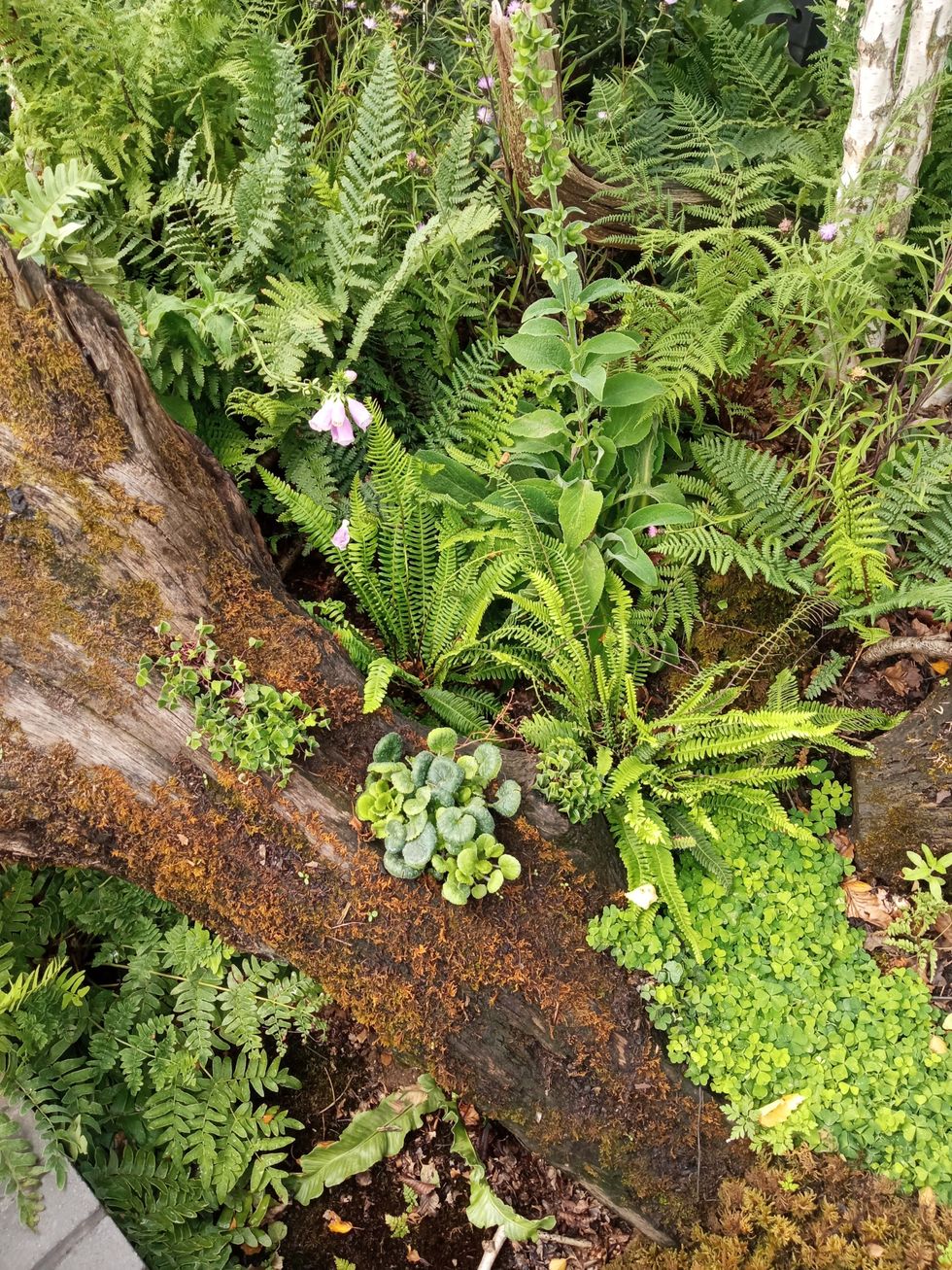
 The couple display their medals
The couple display their medals